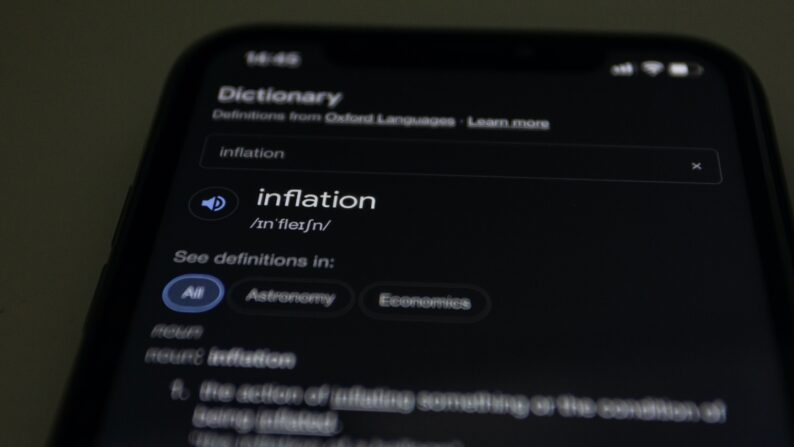Today’s Employment Cost Index tells us that, after hitting record-highs, wages are finally slowing down across most industries and occupations, posing less of a threat to inflation. Private sector wages and salaries increased 5.2% over the year, down from 5.7% in the prior quarter—still hot, but cooling.
The slowdown in wages, along with signs of slowing demand in yesterday’s GDP report (which was positive overall, but showed barely any growth in final sales to domestic purchasers), suggest the FED’s rate hikes are working.
- Overall wages are growing at a slower pace, but not in every industry.
- Wage growth is slowing down in industries that are more sensitive to high inflation and therefore facing a decline in consumer demand, such as leisure and hospitality, trade—both retail and wholesale—and other services, including personal care.
- However in industries that are still challenged by labor shortages, wages are still growing at rates that concern the FED about a wage-price spiral. Compared to the last quarter’s readings, wages in education (4.7%), healthcare (6.1%)—especially in nursing care facilities (7.6%)—grew faster over the year.
- Wages are slowing down in financial services, and real estate as they are the most sensitive industries to rising interest rates.
- Slowing wage growth is the result of a slowdown in worker turnover. As the number of workers quitting their jobs eases, employers are finding it easier to retain workers without large wage increases. Amid increased fears of a possible recession, employees are prioritizing job security over pay and more often choosing to stick with the job that they feel more secure about, rather than pursuing a new and risky one with better pay.
- Benefits are also growing at a slower pace as employers tighten their payroll budgets in preparation for a potential economic downturn.
Benefits for all private sector employees grew at 5.0% over the year—slower than the 5.3% reading of the prior quarter. This is aligned with what we are seeing in ZipRecruiter’s internal data. The share of active online job postings that are offering signing bonuses dropped significantly, to 5% in 2022, from 13% in 2021.










